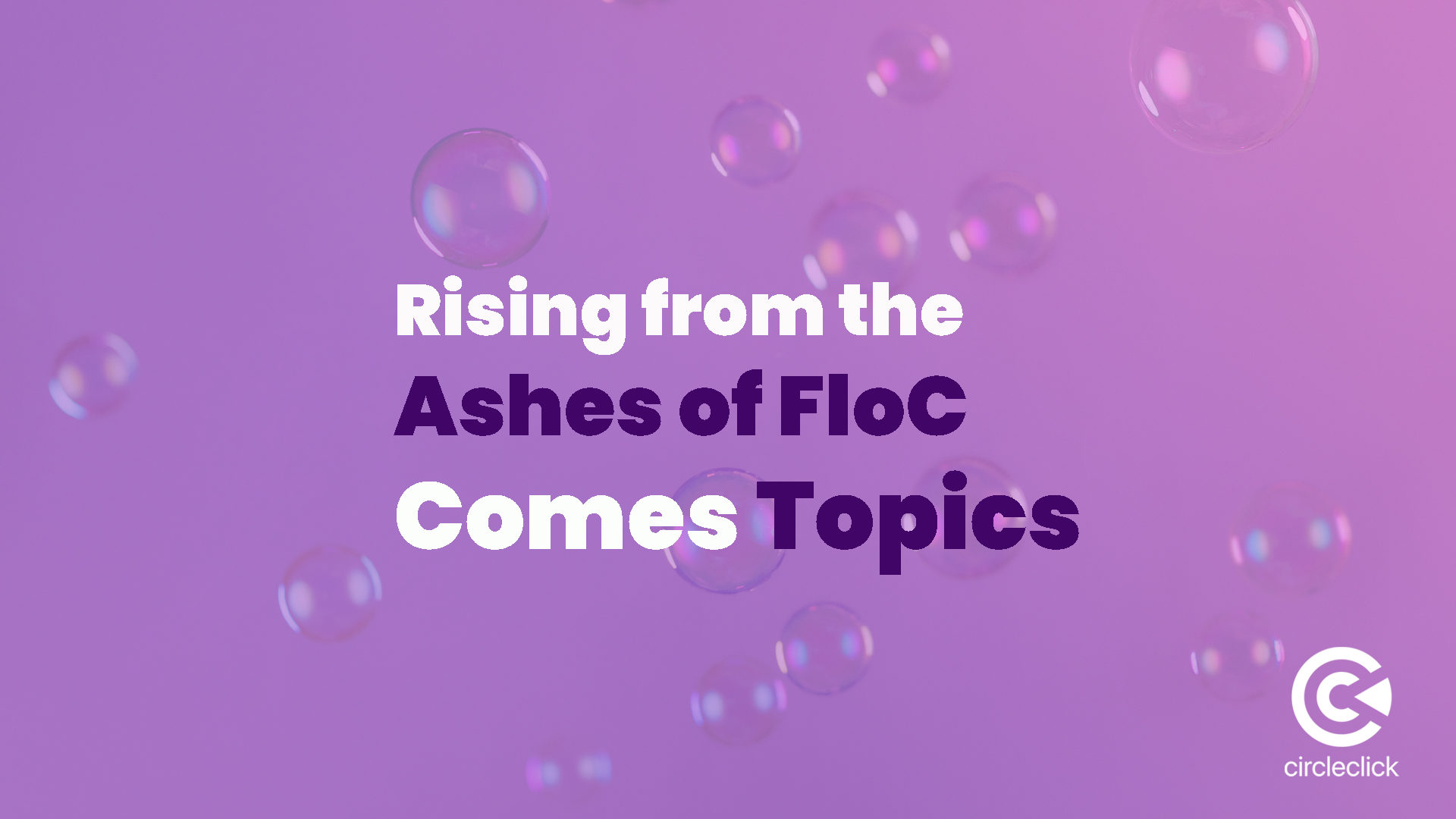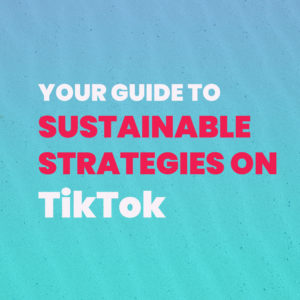Rising from the Ashes of FloC Comes Topics

Google has ended its plans to replace third-party cookies with FloC (Federated Learning of Cohorts), instead proposing a new system for interest-based advertising, Topics.
FloC was introduced in August 2019 as part of Google’s original plan to eliminate third-party cookies from its Chrome browser in favor of improved user privacy. Instead of tracking individual users, FloC was meant to place users with similar interests into cohorts to help protect the identities of users by hiding them in a crowd.
Although FloC was introduced as a way to increase user privacy, it received an overwhelmingly negative response with the Electronic Frontier Foundation calling it a “terrible idea“. The advertising, regulatory and browser communities agreed that FloC actually created entirely new privacy concerns because it could be paired with more intrusive forms of tracking.
It appears that Google took this feedback to heart and used it to help shape this new vision. Google’s Privacy Sandbox lead Ben Galbraith said, “The design of Topics was informed by our learnings from the earlier FLoC trials”. He continued, “This resulted in a bunch of great feedback from the community… I want to emphasize that this whole process of sharing a proposal, doing a trial, gathering feedback and then iterating on the designs — this is the whole open development process that we wanted for the Sandbox and really shows the process working as intended.”
What is Topics
Topics works by identifying five of your interests such as “Rock Music” and “Team Sports” based on your web activity for one week. It will hold onto browser data for three weeks before being deleted. The number of topics is limited to 300 with plans to increase as time goes on. Google was clear about how it would handle sensitive categories, noting that gender and race will be excluded from interests.
Here’s a more detailed look into how it works: When users visit a participating site, three topics, one from each of the past three weeks, is shared with the site and its advertising partners. Relevant ads are then selected and presented to you based on those three topics. Google is also building controls that will allow users to remove specific topics or disable the feature completely.
What the community is saying
Although Bennett Cyphers, a staff technologist at EFF, agreed that Topics is an improvement on FloC, he also said, “Being less scary than FLoC doesn’t mean it’s ‘good.’ It will tell third-party trackers about what kind of sites you browse, and it could help websites and advertisers ID you across devices.”
It is also important to note that while pressure to increase privacy continues to grow, it is ultimately up to browsers to add the functionality.
What it means for advertisers
Topics provides websites with topics of interest so that advertisers can continue serving regular ads without having to use covert tracking techniques like fingerprinting which has the potential to result in discriminatory targeted ads. Topics could also still be paired with other data to decide which ad to show a specific user. The hiking backpack they are viewing, for example, is contextual data that advertisers might use.
When it will be available
The developer trial of Topics including user controls is set to launch in Chrome at the end of this quarter. The feedback received from developers and the ads industry will determine the final design of various aspects of how Topics works and if and when it will be available to the masses. Google has published a technical explainer that provides deeper a explanation of the details of the proposal.
Wrap it up
Although developers haven’t gotten their hands on Topics just yet, we can expect the feedback Google receives to shape what a more private version of interest-based advertising looks like. Whether those reviews are positive or negative, one thing is for certain. The desire for better user privacy is here to stay, and major organizations will be expected to keep working toward improvements.


